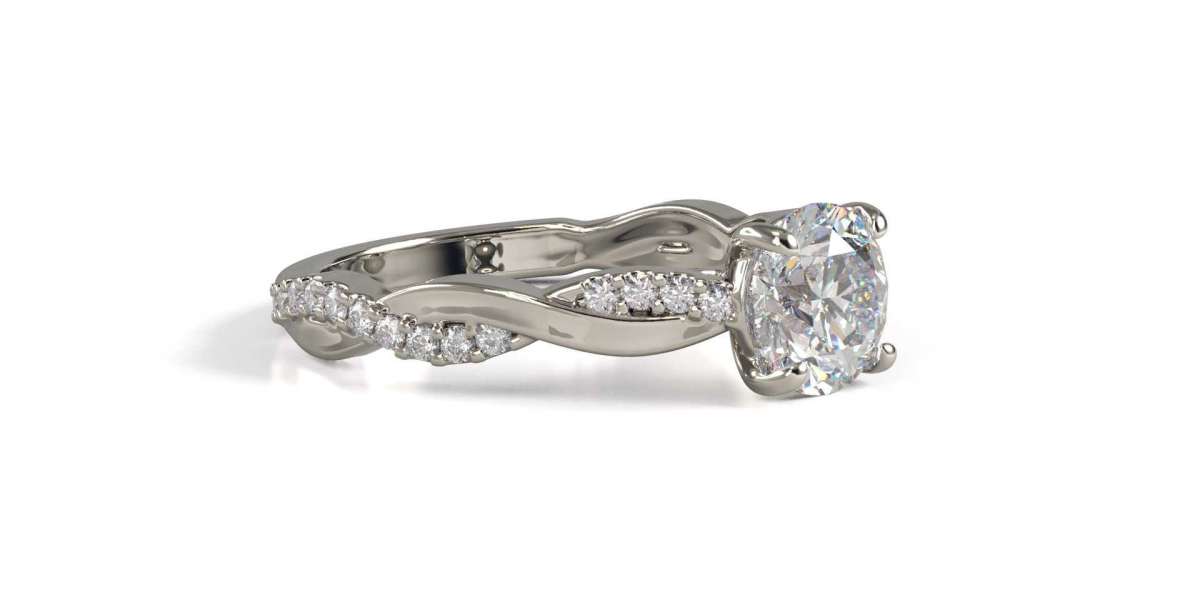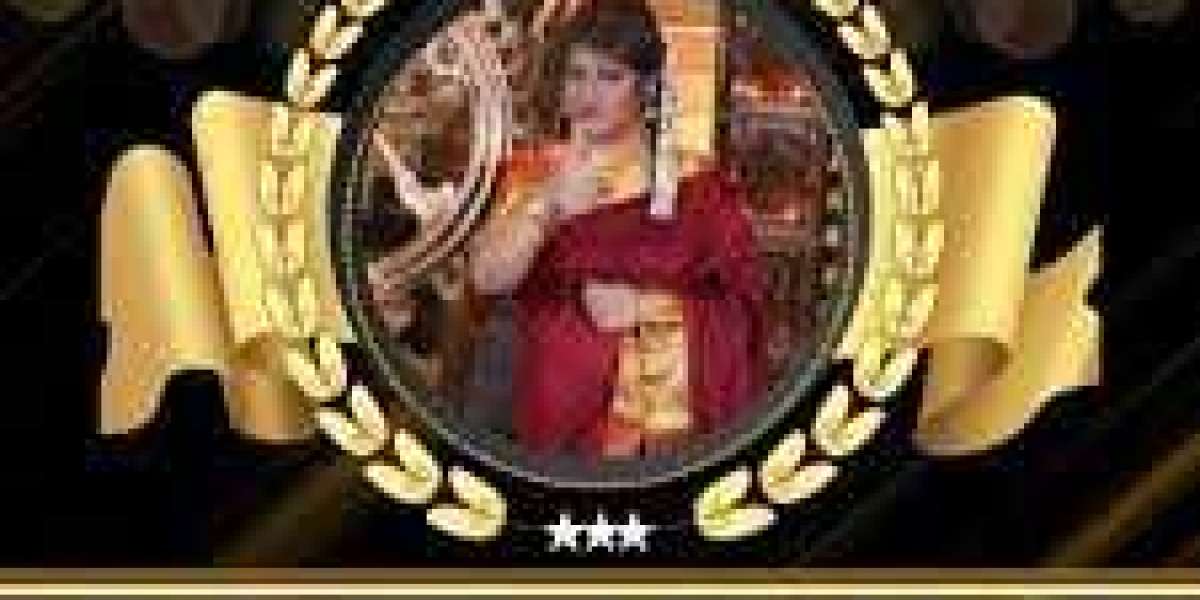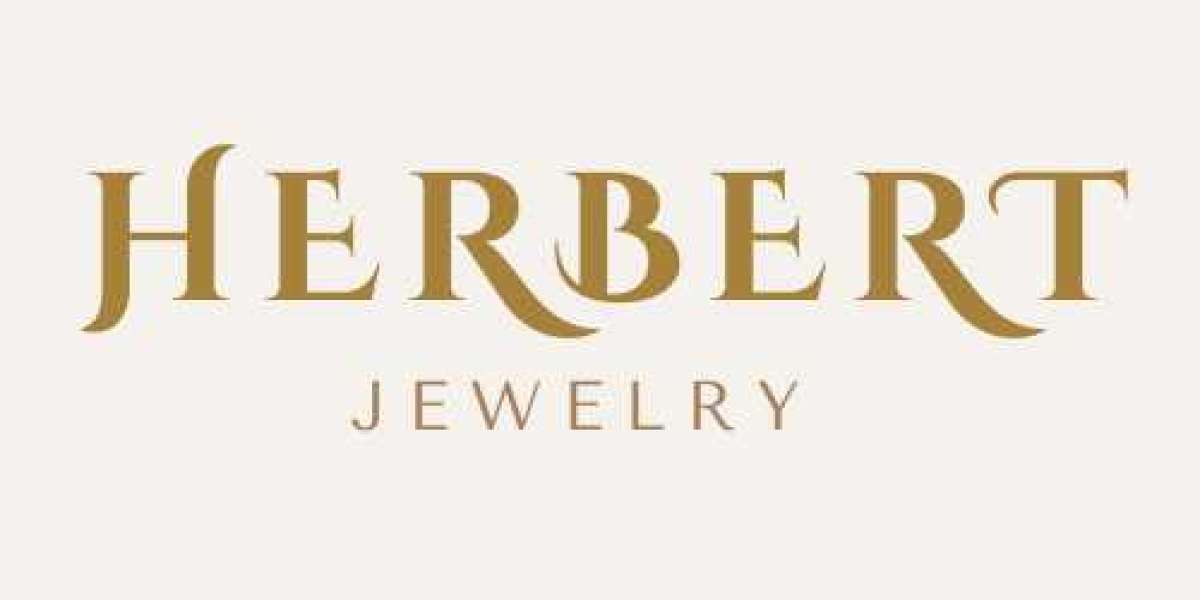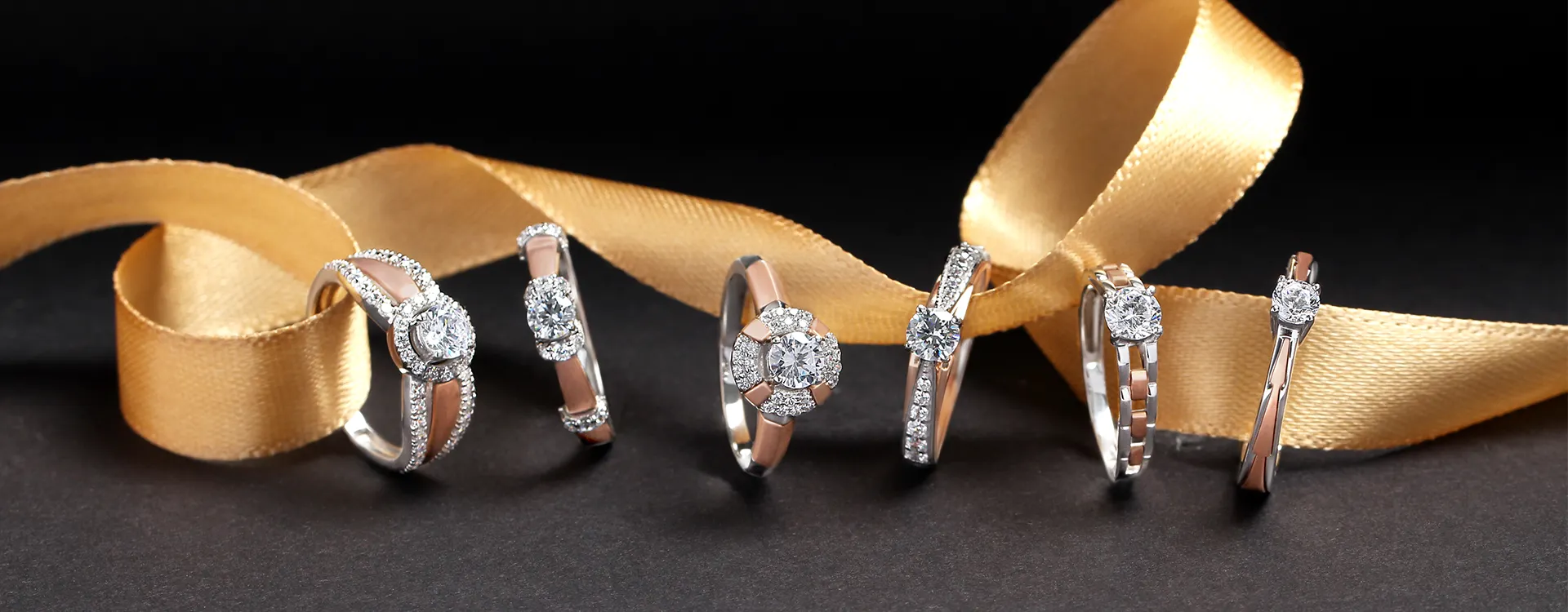Choosing an engagement ring involves more than selecting the perfect diamond or gemstone—how that stone is held and presented on the band (its setting) and the overall style of the ring define its character and impact. In this in-depth guide, we’ll explore the most popular engagement rings Toronto settings and styles, their pros and cons, and how to decide which combination best reflects your partner’s taste and lifestyle.
1. What Is a Ring Setting?
A setting refers to the metal structure that secures the center stone (and any accent stones) on the ring. It affects not only the ring’s appearance but also its durability and how much light interacts with the stone (influencing sparkle). Here are the most common settings:
1.1 Prong Setting
Description: Four or six metal claws hold the center stone securely.
Pros: Maximizes light exposure for brilliance; classic, versatile look.
Cons: Prongs can snag on clothing; require occasional maintenance.
1.2 Bezel Setting
Description: A continuous metal rim encircles the stone’s girdle.
Pros: Very secure; protects the stone’s edges; sleek, modern aesthetic.
Cons: Slightly reduces light entry, which can affect sparkle.
1.3 Halo Setting
Description: A ring of smaller pavé or micro-pavé stones surrounds the center stone.
Pros: Makes the center stone appear larger; adds vintage glamour and extra sparkle.
Cons: Can be more expensive; micro-stones may require careful cleaning.
1.4 Pave Setting
Description: The band is encrusted with tiny diamonds held in place by small beads of metal.
Pros: Highly sparkly; complements almost any center-stone shape.
Cons: Stones are small and delicate; may need professional cleaning.
1.5 Channel Setting
Description: Rows of small diamonds are set between two strips of metal along the band.
Pros: Sleek and protective; stones sit flush with the band.
Cons: Less light exposure for accent stones; limited width options.
1.6 Tension Setting
Description: The band’s metal tension holds the stone in place between two ends.
Pros: Dramatic, “floating” effect; very modern.
Cons: Requires precise engineering; not ideal for very soft stones.
1.7 Cathedral Setting
Description: The band arches up to support the center stone, resembling cathedral arches.
Pros: Adds height and elegance; draws the eye to the center stone.
Cons: Can snag if the arches are too high.
2. Popular Engagement Ring Styles
While settings describe how stones are held, styles refer to the overall design aesthetic. Here are five timeless and trendy engagement ring styles:
2.1 Solitaire
Features: A single center stone on a plain band.
Why It Works: Understated elegance; puts full focus on the stone.
Who It Suits: Lovers of classic design and simplicity.
2.2 Three-Stone
Features: A trio of stones—typically one larger center stone flanked by two smaller side stones.
Symbolism: Represents the past, present, and future of your relationship.
Variations: Side stones can be diamonds, colored gems, or tapered baguettes.
2.3 Vintage-Inspired
Features: Intricate details such as milgrain (tiny bead edging), filigree (delicate metalwork), and engraved patterns.
Why It Works: Evokes the romance and craftsmanship of bygone eras.
Popular Eras: Edwardian, Art Deco, and Victorian styles.
2.4 Modern Minimalist
Features: Clean lines, geometric shapes, and often unconventional settings (e.g., tension or bezel).
Why It Works: Contemporary couples who appreciate sleek, architectural designs.
Tips: Consider unique stone cuts like emerald, asscher, or hexagon.
2.5 Halo Cluster
Features: A central halo of smaller stones or multiple stones clustered around a center.
Why It Works: Illusion of a larger center; maximum sparkle; often more budget-friendly than a single large diamond.
Customization: Mix gemstones for color contrast (e.g., sapphires around a diamond).
3. How to Choose the Right Combination
Selecting the ideal setting and style depends on a blend of personal taste, lifestyle, and budget:
Lifestyle Considerations
Active lifestyles benefit from low-profile settings (bezel, channel) that protect the stone.
Frequent hand-washers or those in professions requiring gloves may prefer designs that won’t snag.
Aesthetic Preferences
Do they love vintage décor or modern architecture? Let their broader design sensibilities guide your choice.
Browse their existing jewelry—note metal colors, stone shapes, and ornamentation.
Budget Allocation
Decide where to invest: setting complexity (e.g., milgrain detail) versus stone size and quality.
Halo and cluster styles offer the look of a larger diamond at a lower cost.
4. Maintenance Tips by Setting
Prong: Inspect prongs annually; tighten loose ones to prevent stone loss.
Bezel: Clean gently with a soft brush to remove debris under the rim.
Pavé Halo: Ultrasonic or steam cleaning by a professional keeps small stones sparkling.
Channel: Wipe with a soft cloth; check for shifting stones at least once a year.
5. Working with a Jeweler
Certification: Always request a grading report for diamonds (GIA, AGS, IGI).
Customization: Many jewelers offer CAD/3D previews—take advantage of these to visualize your final ring.
Policies: Confirm return, resizing, and warranty terms before purchase.
Conclusion
Understanding different engagement ring settings and styles empowers you to make an informed choice that blends beauty, functionality, and symbolism. Whether you lean toward a timeless solitaire in a classic prong setting or a daring modern ring with tension-held stones, the perfect combination reflects your partner’s personality and the unique story of your relationship.




















craftdrillclicker 1 mois depuis
This is really eye-opening! https://craftdrillclicker.com/games/worlds-easyest-game